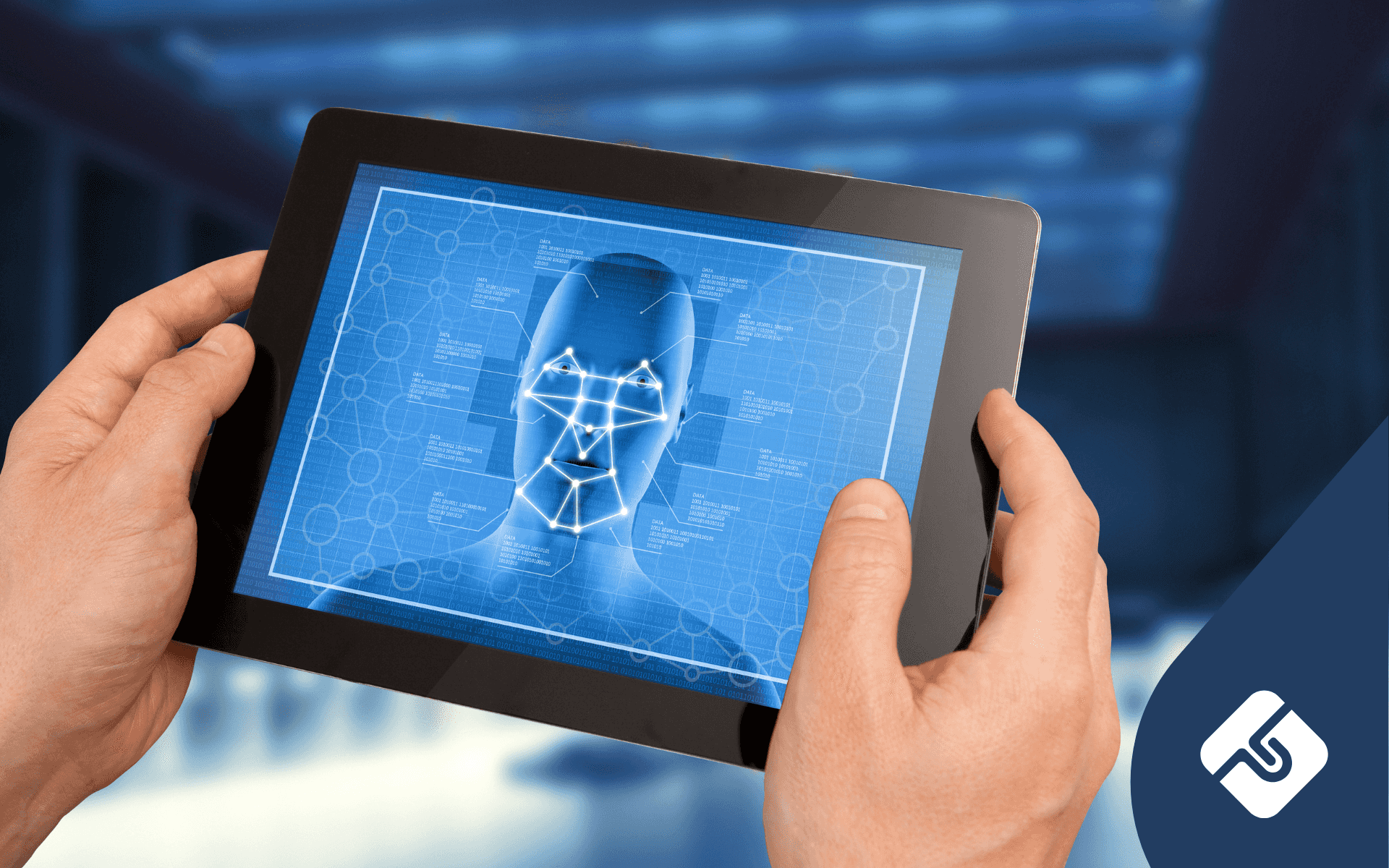Jessica is a Paralegal, working in our content team, which aims to provide free legal guides to facilitate public access to legal resources. With a keen interest in media and IP law, her research focuses on the evolving role of the law to navigate new and emerging information platforms.
💡Key Insight
- Australia’s National Facial Recognition Service includes a facial identification tool that can match unknown photos to multiple government records, with access limited to law enforcement or national security agencies, raising privacy concerns about broader surveillance.
- The facial verification component operates as a one-to-one matching service with individual consent, whereas the more controversial identification service conducts one-to-many matches, prompting debate over civil liberties and oversight.
- Debate around the facial recognition service reflects tension between enhancing security and protecting privacy, as critics argue greater legal safeguards and transparency are needed for wider use of biometric technology.
On October 5th at the Special Counter Terrorism Meeting, the Prime Minister along with state and territory leaders agreed to establish a National Facial Biometric Matching system under the Council of Australian Governments (COAG).
Background
The agreement introduced proposes to share and match identity information in an effort to prevent serious crimes and terrorism. By entering into the agreement the governments recognised their mutual interest in facilitating the sharing of identity information in order to achieve the aims of previous COAG agreements. In 2007 COAG entered into an Intergovernmental Agreement to a National Identity Security Strategy (NISS) which was reviewed and updated in 2012.
Prime Minister Turnbull stated that establishing this system would help ensure governments receive the best advice to keep people safe by accessing already available information and increasing the efficiency and timeliness of obtaining this information. The main objectives of the agreement is to adopt a nationally consistent approach, enhance general law enforcement, combat identity crime and boost national security by increasing anti terror protections.
How the New System Will Work
The agreement allows agencies in all jurisdictions to use the facial recognition service to access passport, visa, citizenship and driver licence images while maintaining robust privacy safeguards. By providing near instant identification of criminal suspects or victims of terrorist activity this will shorten the facilitation between governments which currently takes up to 10 days. A central hub will facilitate the sharing of data between agencies on a query and response basis without storing any personal information.
Passport, visa and citizenship images are already held by Commonwealth agencies that issue these documents and already have facial recognition systems. Drivers licence’s will be made available via facial recognition systems hosted by the Commonwealth on behalf of participating state and territory driver licensing agencies. The facial verification service, which is already operational, has been described as a one-to-one service whereby agencies will match a person’s photo to one of their government records, often with the individual’s consent. The facial identification service is more contentious as it can match a photo of an unknown person to multiple government records. Access to this service is limited to agencies with law enforcement or national security functions and will begin operating in 2018. Private sector access will be subject to ministerial approval. Prime Minister Turnbull stating these tools could also be used in the future to boost surveillance in shopping malls and airports.
Privacy concerns
The agreement has sparked concerns that this is the beginning of a wider used facial recognition system and this should prompt greater discussion about how, when, where and who will be utilising the technology. Nick McKim, Greens Justice spokesman, expressed concerns that a massive database of people’s photos is not only invading people’s privacy but will create a honeypot for hackers. Jon Lawrence from Electronic Frontiers Australia also spoke out against the database as a proposal which enables warrantless surveillance of the population without proper justification that such measures are capable of preventing terrorism or other serious crime.
Prime Minister Turnbull dismissed concerns that this system could turn into a mass surveillance of Australians – instead it will update law enforcement tools currently being used across the country. The Attorney General’s department responded to these concerns stating that the central hub acts as a router which will exchange messages but will not conduct any matching nor store any personal information. The system will also be subject to independent penetration and vulnerability tests as well independent security review and annual audits.
Let us know your thoughts on the new National Facial Recognition Service by tagging us #lawpath or @lawpath






